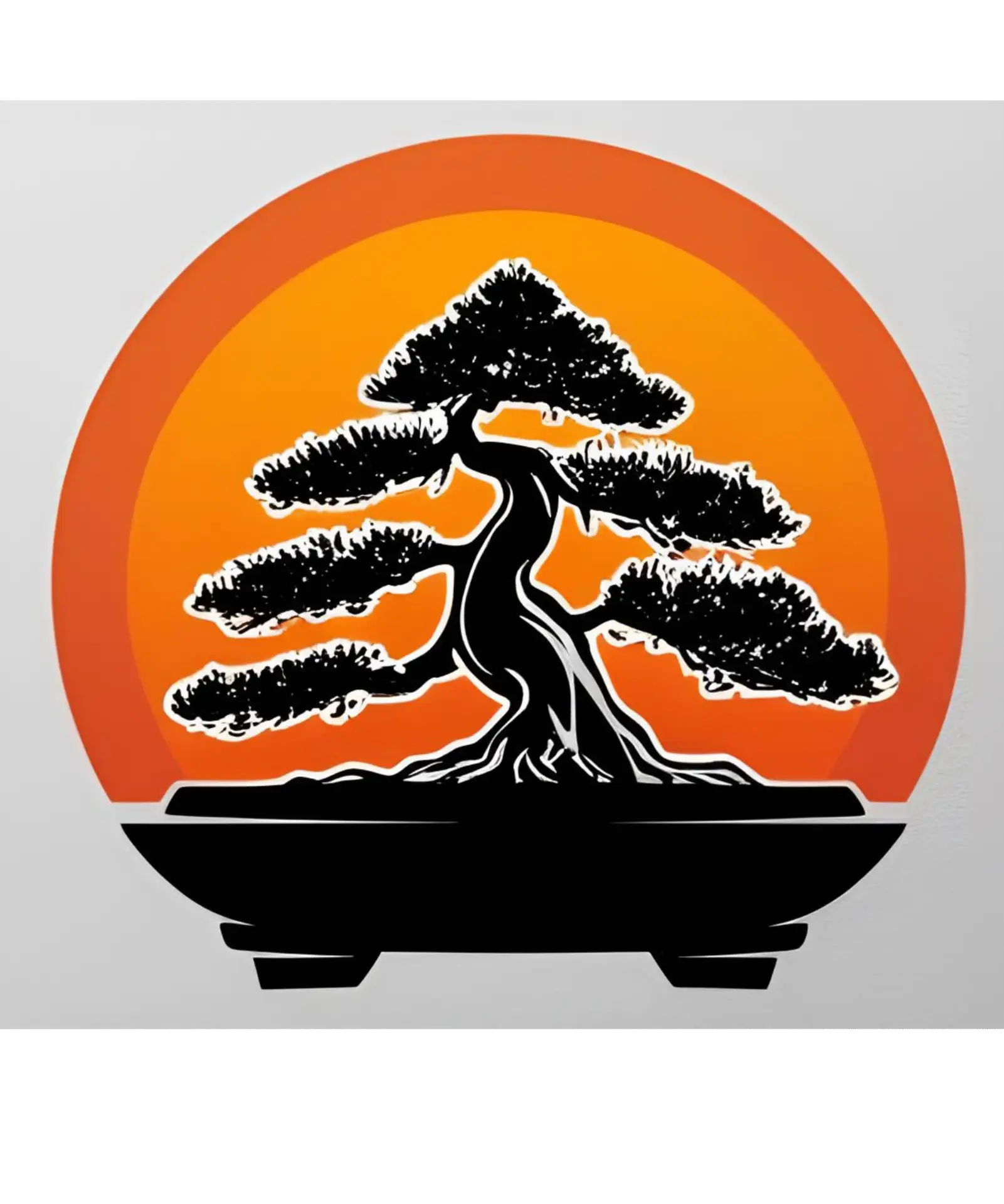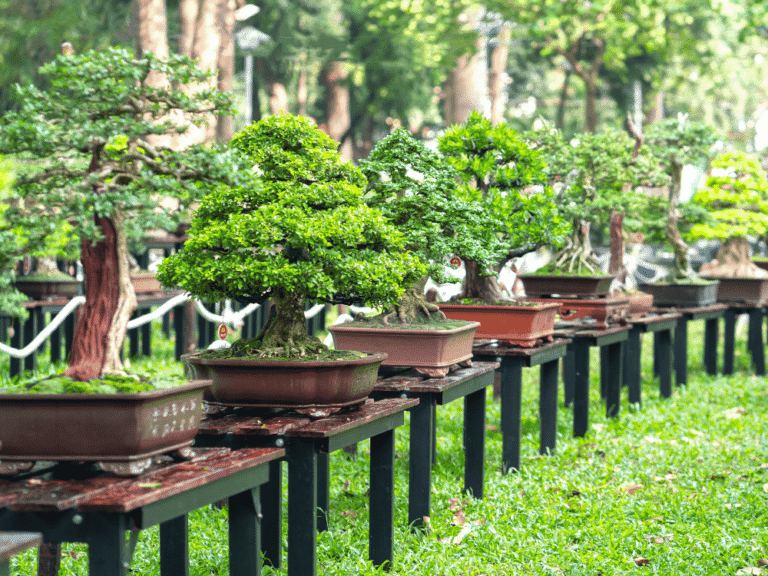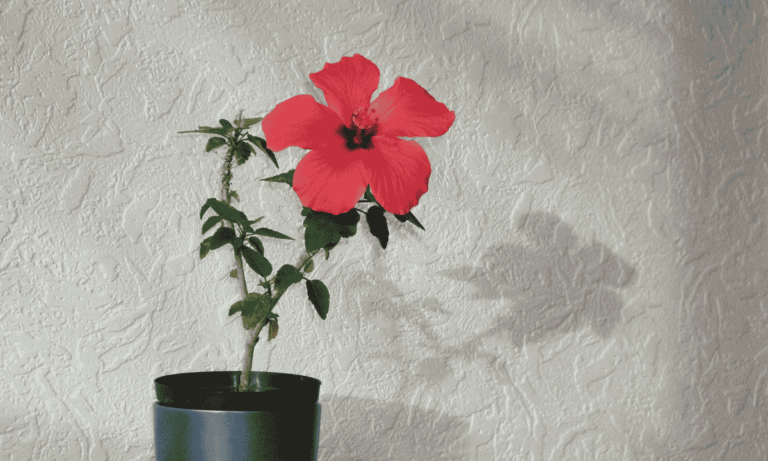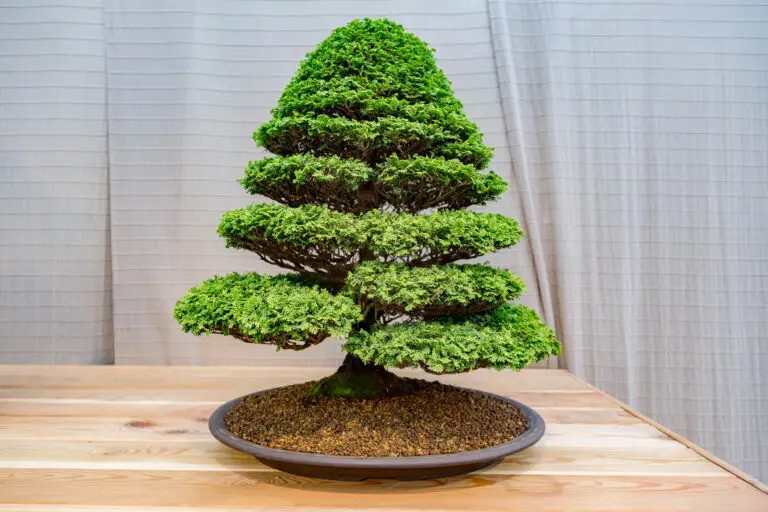Juniper Bonsai Care Guide By Master Mori, humble guardian of small trees and large truths
Juniper bonsai trees are timeless favourites among bonsai enthusiasts, cherished for their graceful form and traditional appeal. In this comprehensive Juniper bonsai tree care guide, we’ll walk you through everything you need to know about bonsai care to successfully grow and maintain this elegant species. With their fine, needle-like foliage and textured, rugged bark, Junipers perfectly capture the essence of classical bonsai aesthetics. Their hardy nature and adaptability make them an excellent choice for bonsai beginners, yet they still reward experienced growers with endless styling possibilities. While Junipers are forgiving and resilient, they truly thrive when cultivated outdoors, where they can benefit from fresh air, full sunlight, and seasonal temperature changes that support their natural growth cycles.
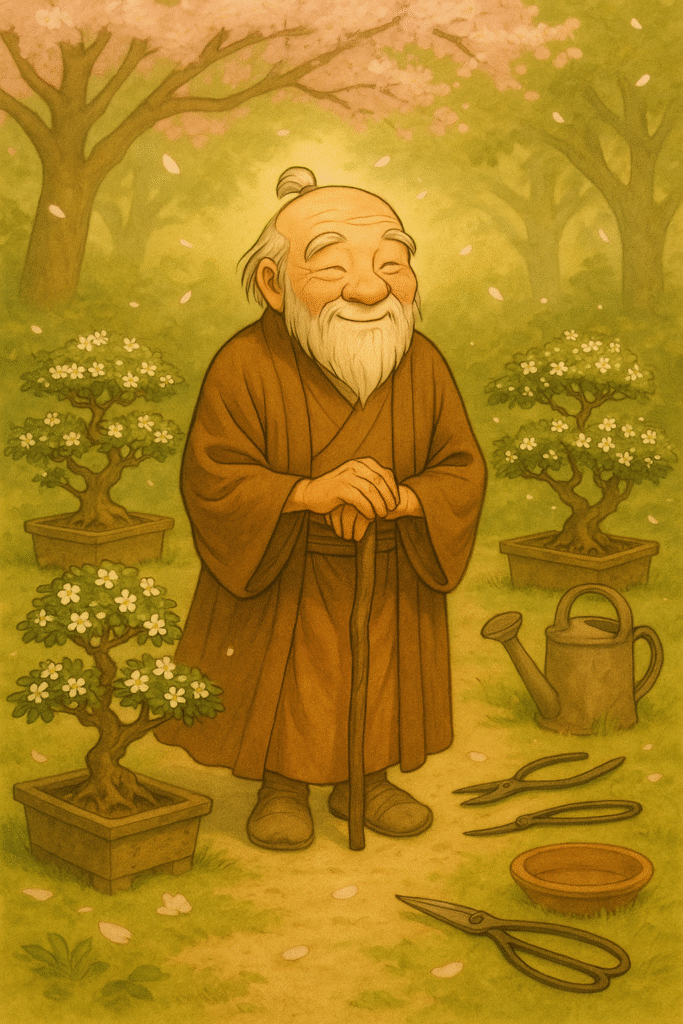
Juniper Bonsai Care Guide

Quick Overview: Juniper Bonsai Care at a Glance
Light: Full sun (6+ hours daily)
Water: Let soil dry slightly between waterings
Humidity: Prefers outdoor air; avoid dry indoor heat
Pruning: Spring and early autumn
Soil: Well-draining bonsai mix
Repotting: Every 2–3 years (early spring)
Placement: Outdoor year-round for best health
Introduction: Why the Juniper Bonsai?
Juniper Bonsai is one of the most popular species for bonsai beginners — and for good reason.
It is hardy, forgiving, and holds the ancient look of a weathered tree in miniature form. Its needle-like foliage, sculptural branches, and strong survival instinct make it the ideal sensei tree for novices and masters alike.
But beware: despite its beginner reputation, the Juniper Bonsai demands outdoor living and does not forgive the sins of overwatering or low light.
Click here for our guide to the best beginner trees for bonsai guide
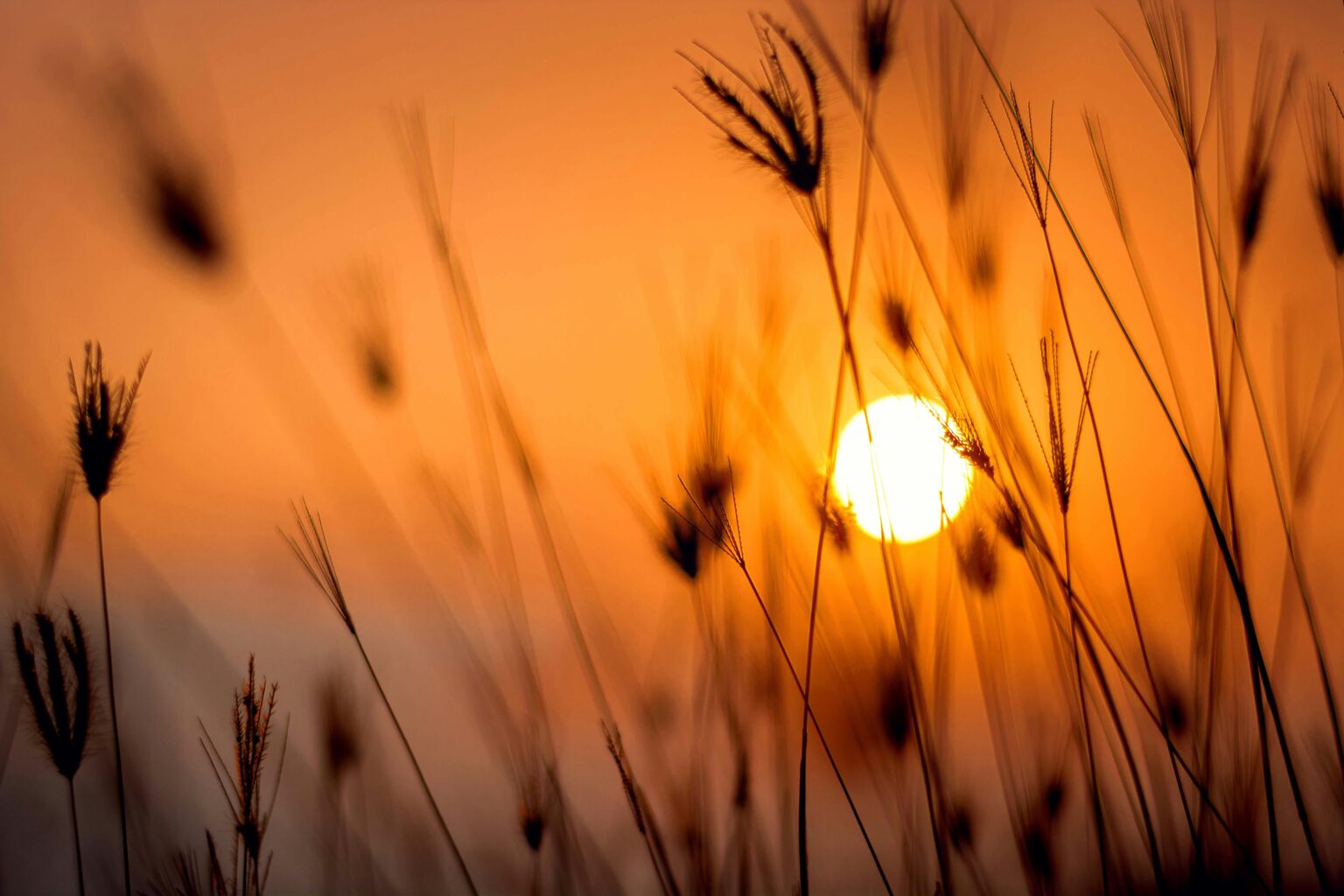
Placement & Light Requirements: Let the Sun Be Your Guide
“A tree that shies from the sun grows weak in the spirit.”
Your Juniper is a sun-loving soul. Place it outdoors, where it can bask in direct sunlight for 6–8 hours daily. A balcony, garden, or sunny porch shall do.
Indoor bonsai? Not this one. Junipers hate indoor air — especially heated rooms. If you must bring it inside (for display or protection), limit it to 2–3 days and ensure it sits by a bright window.
🌟 Master Mori’s Tip: Rotate your tree every few weeks to prevent lopsided growth and give all sides their moment in the sun.
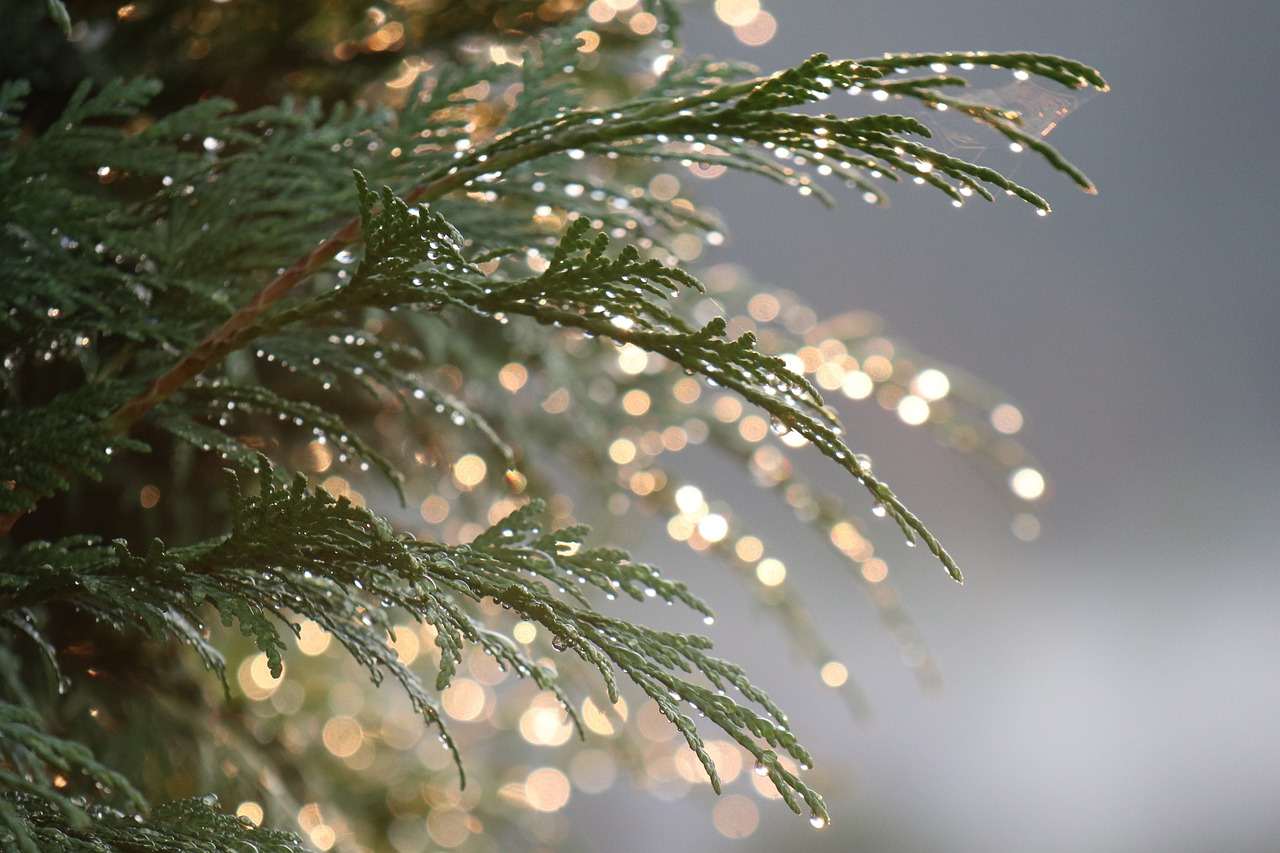
Watering: The Way of Balance
Junipers are hardy, yes — but overwatering will send them to the spirit realm swiftly.
Water deeply when the top inch of soil is dry.
Use a watering can with a fine nozzle or a gentle hose setting.
Avoid letting it sit in a tray of stagnant water.
Warning: If your Juniper’s needles turn pale or crispy — you have strayed. Overwatering causes root rot, while underwatering causes desiccation.
Master Mori’s Trick: Stick a chopstick 1 inch into the soil. If it comes out dry, it is time to water. If moist, wait.
How to Prune & Shape: A Lesson in Patience
“Do not rush a tree. The beauty lies in slow refinement.”
Pruning your Juniper Bonsai is more than trimming leaves — it is sculpting time.
When to Prune
Structural pruning: Early spring or autumn
Maintenance pruning: Throughout the growing season
How to Prune
Pinch back soft new growth — do not use scissors on soft tips (it can brown).
Trim branches that cross, clutter, or ruin the tree’s flow.
Use bonsai wire (aluminum or copper) to train limbs — but don’t forget to remove it before it cuts in.
Master Mori says: “To wire a branch is to whisper to it a new destiny. Be gentle. Be wise.”
Click here for our bonsai beginners pruning guide
Bonsai Soil Mix & Repotting: Keep the Roots Free
Junipers love well-draining bonsai soil — a mix of Akadama, pumice, and lava rock is ideal. Or buy a pre-mixed bonsai soil designed for conifers.
When to Repot
Every 2–3 years for younger trees
Every 4–5 years for older trees
Early spring before new growth is ideal
Repotting Steps:
Gently remove the tree and loosen roots.
Prune one-third of the root mass.
Place in a new pot with fresh bonsai soil.
Water thoroughly and keep in semi-shade for a week.
Never repot and prune heavily in the same season. Your tree may mutiny.
Common Problems & How to Fix Them
| Symptom | Cause | Master Mori’s Fix |
|---|---|---|
| Needles turning yellow | Overwatering, poor light | Move to full sun, check drainage |
| Brown, dry tips | Underwatering, wind burn | Deep water, mist lightly |
| Mold on soil | Stagnant air, poor drainage | Improve air flow, scrape topsoil |
| Weak growth | Rootbound or poor soil | Consider repotting, fertilize lightly |
Fertilizing: Food for the Forest Spirit
Junipers don’t eat like pigs. A slow, steady diet is best.
Use a balanced bonsai fertilizer (e.g., 10-10-10 or 12-6-6)
Apply every 4–6 weeks during spring and summer
Stop feeding in winter — the tree is resting
Organic pellets work well, but watch for bugs. Master Mori once had a squirrel move in.
Recommended Tools for Juniper Bonsai
Every student must gather their tools.
Bonsai shears (sharp and small)
Concave branch cutter (for clean healing)
Aluminum bonsai wire
Root rake and repotting mesh
Chopstick (for watering test!)
Master Mori’s Tool Kit: See our Beginner Bonsai Tools Guide to find affordable, high-quality tools.
FAQs About Juniper Bonsai
Q: Can Juniper Bonsai live indoors?
A: Only briefly. It needs outdoor sun and air to thrive.
Q: Why is my Juniper Bonsai turning brown?
A: Likely root rot from overwatering, or dryness from lack of water. Check soil moisture.
Q: How fast does Juniper Bonsai grow?
A: Slowly — but that’s part of the magic. You’re not growing a weed, you’re growing wisdom.
Final Thoughts from Master Mori
To grow a Juniper Bonsai is to learn balance, timing, and care without haste. You will make mistakes. Good! The tree forgives you if you return to the path.
So breathe deeply. Observe your tree each morning. And let it teach you what cannot be written in words.
The Juniper does not bloom with flowers… it blooms with patience.”
Walk the path of bonsai. Master Mori awaits.
